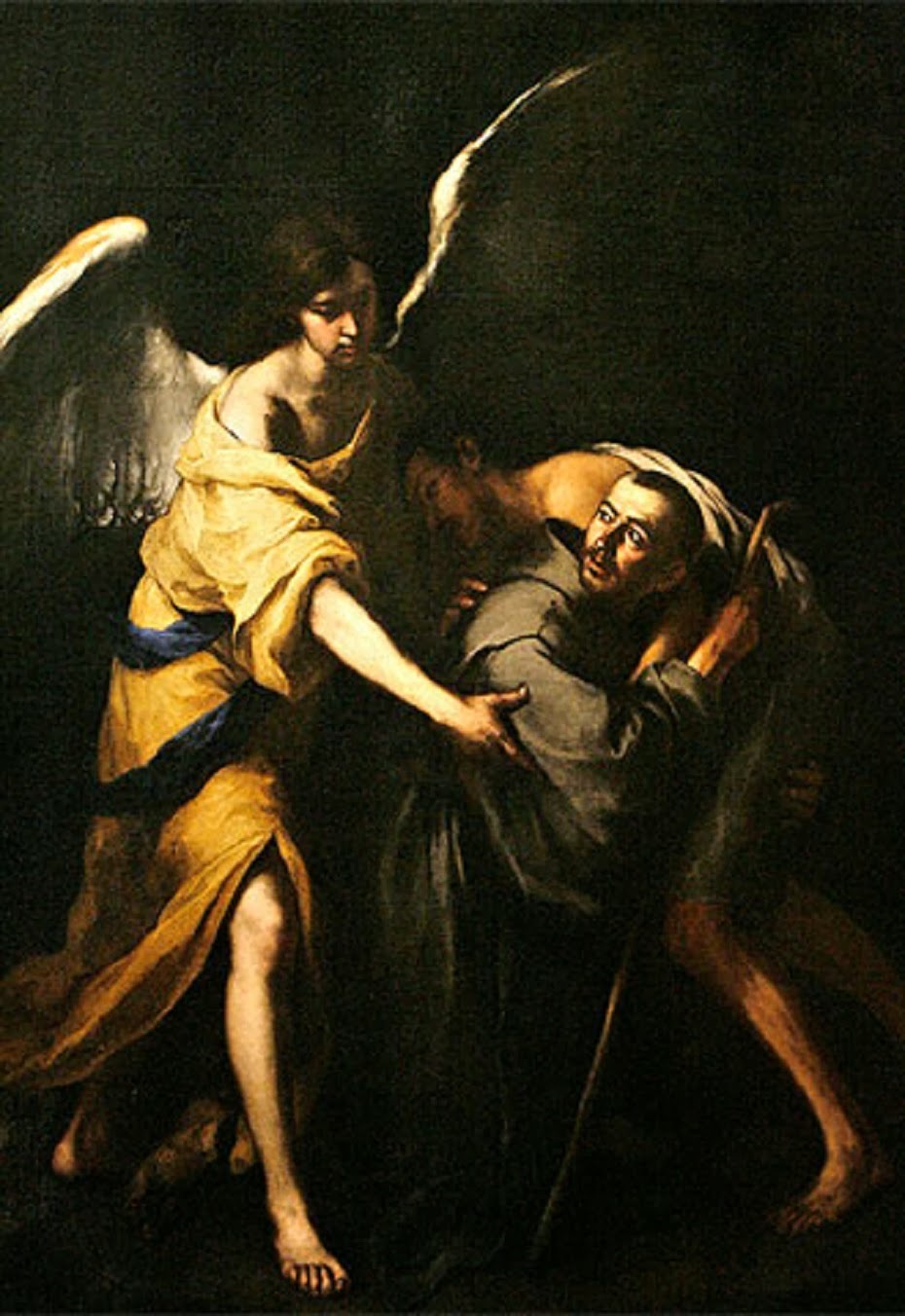John of God (d. 1550) was founder of the Order of Charity for the Service of the Sick, also called the Brothers Hospitallers, and patron of the sick and hospitals. A native of Portugal, John spent much of his early life as a soldier, suddenly repenting for his violent ways around the age of forty. Hoping to die a martyr in North Africa, he was disappointed and so wandered through Spain selling holy pictures. Finally, after hearing one of the profound lectures of St. John of Ávila, who became his spiritual adviser, John gave himself to the care of the sick and the poor. He rented a house in Granada (1537), and his work for the disadvantaged soon attracted others. Called John of God by Bishop Sebastián Ramírez de Fuenleal of Tuy, Spain, he won approval for his order. His successor, Antonio Martino, drafted a rule for the members. Papal approval came from Pope St. Pius V (r. 1566-72) in 1572 and the order had the financial support of King Philip II of Spain (r. 1556-98). It soon spread throughout parts of Europe and then the world. The Brothers of the Hospitallers of St. John of God (O.H.) continue to work in hospital-related areas. John was canonized in 1690 by Pope Alexander VIII (r. 1689-91) and declared by Pope Leo XIII (r. 1878-1903) in 1886 to be patron of hospitals and the sick; he is also considered a patron of booksellers and printers. His feast day is March 8.
Learn more about the order St. John of God founded, the Hospitaller Order, here.
The Pisa of family of Granada, Spain, hosted St. John of God at their home to cure his illness. It is now a museum with 12 rooms, a courtyard and a chapel. This video is in Spanish with English captions, but gives you a little look at the museum.
Watch a video with a prayer to St. John of God.
Finally, you can download this pamphlet (in English), which tells a little more about the museum and has pictures of some artifacts.
Information about St. John of God from Our Sunday Visitor’s Encyclopedia of Saints (1998)



